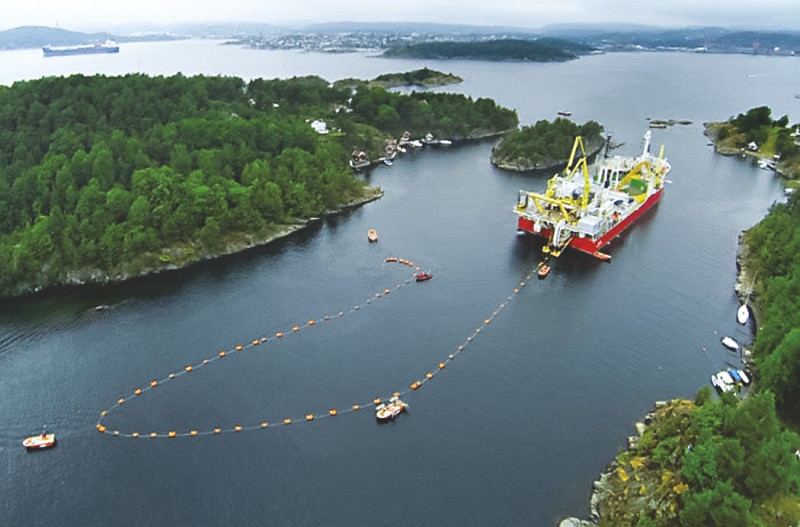Linking Newfoundland and Labrador to Nova Scotia and other energy markets in Canada and the American Northeast, the Maritime Link will transport up to 500 MW of renewable energy to the region.
January 18, 2017

With its sustainable development strategy and diverse natural resources, Canada is today the 4th leading country in the world for clean energy adoption with two thirds of its electricity generated by renewable resources. To help meet Canadian federal regulations requiring a 50% reduction in coal emissions by 2030 and Nova Scotia regulations requiring 40% renewable energy by 2020, Nexans has installed North America’s longest submarine electricity cables as part of the Maritime Link Project conducted by NSP Maritime Link Inc. (NSPML), an indirect subsidiary of Emera Inc.
The delivery of two 200 kV mass impregnated (MI) HVDC cables was the culmination of almost four years of engineering work and manufacturing of two HVDC submarine cables and land cables at Nexans’ factories in Halden, Norway and in Futtsu, Japan. Each cable is 170-km long and weighs approximately 5,500 tons. Starting in late April of 2017, Nexans installed the submarine cables in the Cabot Strait to a depth of approximately 470 meters, protecting them on the seabed and electrically interconnecting the provinces of Nova Scotia and Newfoundland and Labrador for the very first time. The final high-voltage tests were successfully conducted on the link in September 2017.




